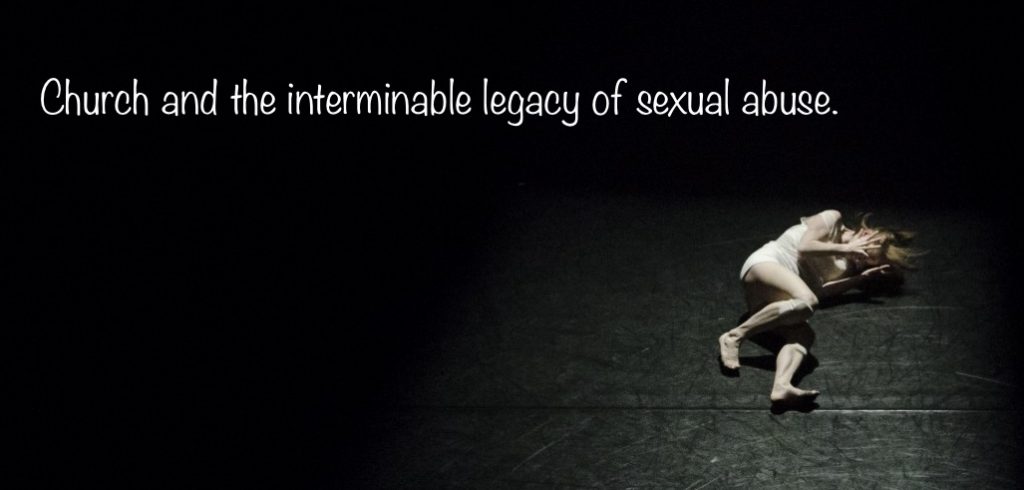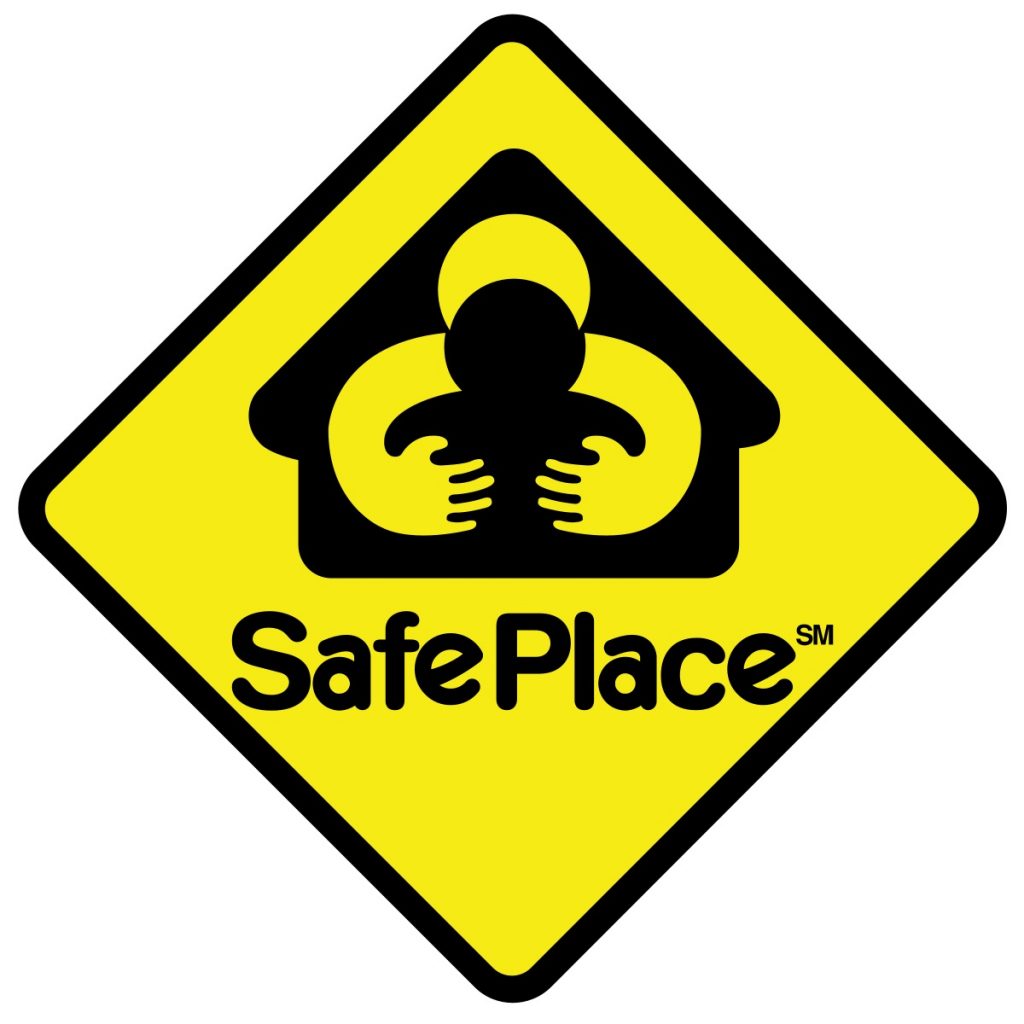‘They will live in safety and no one will make them afraid.”
Ezekiel 34:28b NIV

This post is the first in a series about sexual abuse in the church. Abuse in the church can take many forms, the focus of these posts is sexual abuse. As a witness and a victim of the collateral damage sexual abuse inflicts wherever it is present, I am compelled to shine light on a dark truth that stains the Body of Christ.
These posts are coincidental to the current series of sermons at my church entitled “A Stained Beauty” , based on John Stumbo’s book “A Stained Beauty”. While “A Stained Beauty”does not address sexual abuse directly, its premise that the church is vulnerable and stained provides good opportunity to examine the interminable legacy of sexual abuse in the church.
Like many Christians today, I believe the church is headed in the wrong direction. For that reason, I applaud the challenge of “A Stained Beauty”. I love the Body of Christ and am convinced of its centrality and essentiality in the Kingdom of God. Assuming the church is headed in the wrong direction. a vital question is: “… by what criterion are we to judge that the church is now headed in the wrong direction?” Stains revealed by Stumbo are important and helpful criterion.
I suggest the presence of sexual abuse is the clearest and most compelling evidence that the church is headed in the wrong direction; negating the Church’s witness in the world. Recognizing the reality of sexual abuse in the church inherently necessitates examination of one’s theology, ecclesiology, understandings of sin, gospel, salvation, redemption, forgiveness. Most likely a reason sexual abuse is not a topic of conversation in most churches.
An equally important question is, “How do we know the Church is headed in the right direction?” John Stumbo in his conclusion says,
“…when the church gets it right—and she often does—there are fewer lonely, hungry, thirsty, sick, abused, marginalized, forgotten people in this world. More of everything that makes life better becomes available from our neighborhoods to the nations and to the nations that have come to our neighborhoods, when the church does church well.”
…The Church is headed in the right direction when, whatever the age in which it lives, the Gospel of Jesus Christ is its criterion, the Gospel which Christ proclaimed and to which the church and the apostles witnessed. The church did not come about of itself. God himself called it into being as the Ecclesia, the body of those who answered the call, and this he did in the world, from among mankind.
Hans Kung – THE CHURCH
The presence and prevalence of sexual abuse in the church is an unambiguous indication of the direction the church is headed. Grappling with sexual abuse in the church may well prove to be a catalyst for a much need course correction.
Sexual abuse in the church and in other contexts has been painful part of my life for decades. This series does not reflect direct knowledge of sexual abuse in my current church, but I have little confidence that there isn’t or hasn’t been in the past. There no reason to think any church is exempt. The legacy of sexual abuse is interminable. It is my hope that truth will bring freedom and healing.
Next: Sexual Abuse in the Church— Epidemic — Endemic or Disinformation ?
What looks like a serious crisis may mark the moment of new life; what looks a sinister threat may in reality be a great opportunity.
Hans Kung —THE CHURCH
STILL ON THE JOURNEY
